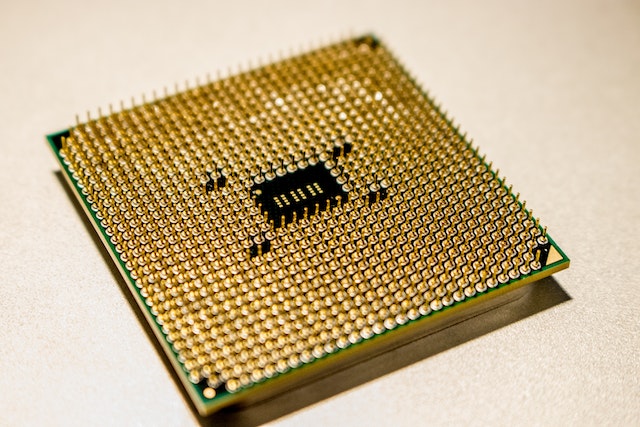Design and Synthesis of Organic Semiconductors: A Blueprint to Futuristic Electronics
Unraveling the Synthesis of Organic Semiconductors
Organic semiconductors are at the heart of a technological revolution, driving advancements in the realm of organic electronics. These materials present a remarkable combination of electrical and optical properties, enabling them to be used in a plethora of applications, from organic light-emitting diodes (OLEDs) to organic photovoltaics. In this article, we delve into the fascinating process of the synthesis of organic semiconductors, shedding light on how scientists design and create these complex structures.

The Molecular Design Strategy
At the core of the synthesis of organic semiconductors is the molecular design strategy. This process entails the careful selection and arrangement of organic molecules to achieve the desired electrical, optical, and morphological properties. The molecular design approach helps to improve charge transport within the organic semiconductor, which is critical for optimizing device performance.

Synthesis: Conventional Methods and Beyond
The synthesis of organic semiconductors often involves conventional methods such as chemical vapor deposition. However, solution-based synthesis methods, which use organic solvents, are gaining traction due to their suitability for large area, flexible organic devices. Such methods not only allow for the fabrication of organic thin films but also the creation of advanced structures like organic heterojunctions.
N-Type and P-Type Organic Semiconductors
N-type and P-type semiconductors are fundamental components of electronic devices. In the case of organic semiconductors, the synthesis process differs depending on the desired end product. For instance, the n-type organic synthesis involves the incorporation of elements that can donate electrons, while p-type synthesis uses electron-accepting materials.
Designing High-Performance Devices
The synthesis and characterization of organic semiconductors play a critical role in the development of high-performance organic electronics. Researchers have designed semiconducting polymers and small organic molecules for use in organic field-effect transistors (OFETs), organic thin-film transistors (OTFTs), and organic solar cells (OSCs).
Fabrication and Characterization
Once the organic semiconductor is synthesized, it is fabricated into a device using various techniques. For instance, thin-film technologies are employed to create organic semiconductor films. These films are subsequently characterized to understand their electronic transport properties, morphological features, and more. Atomic force microscopy is commonly used for this purpose.
The Future of Organic Semiconductor Synthesis
Efforts to enhance the efficiency of organic semiconductors are driving the development of new synthesis strategies. One such avenue is the use of organic electrochemical transistors, which offers exciting possibilities for low-cost, large-area electronics, and even biomedical applications. The green phosphorescent organic light-emitting diodes (PHOLEDs), characterized by their unique blue emission, represent another exciting frontier in this field.
Conclusion
The synthesis of organic semiconductors is an intricate, multidisciplinary process, involving deep knowledge of chemistry, materials science, and electronics. The continuous evolution of synthesis methods, combined with the development of novel organic materials, promises a future where organic electronics rival or even surpass their inorganic counterparts in various applications.




Comments are closed.